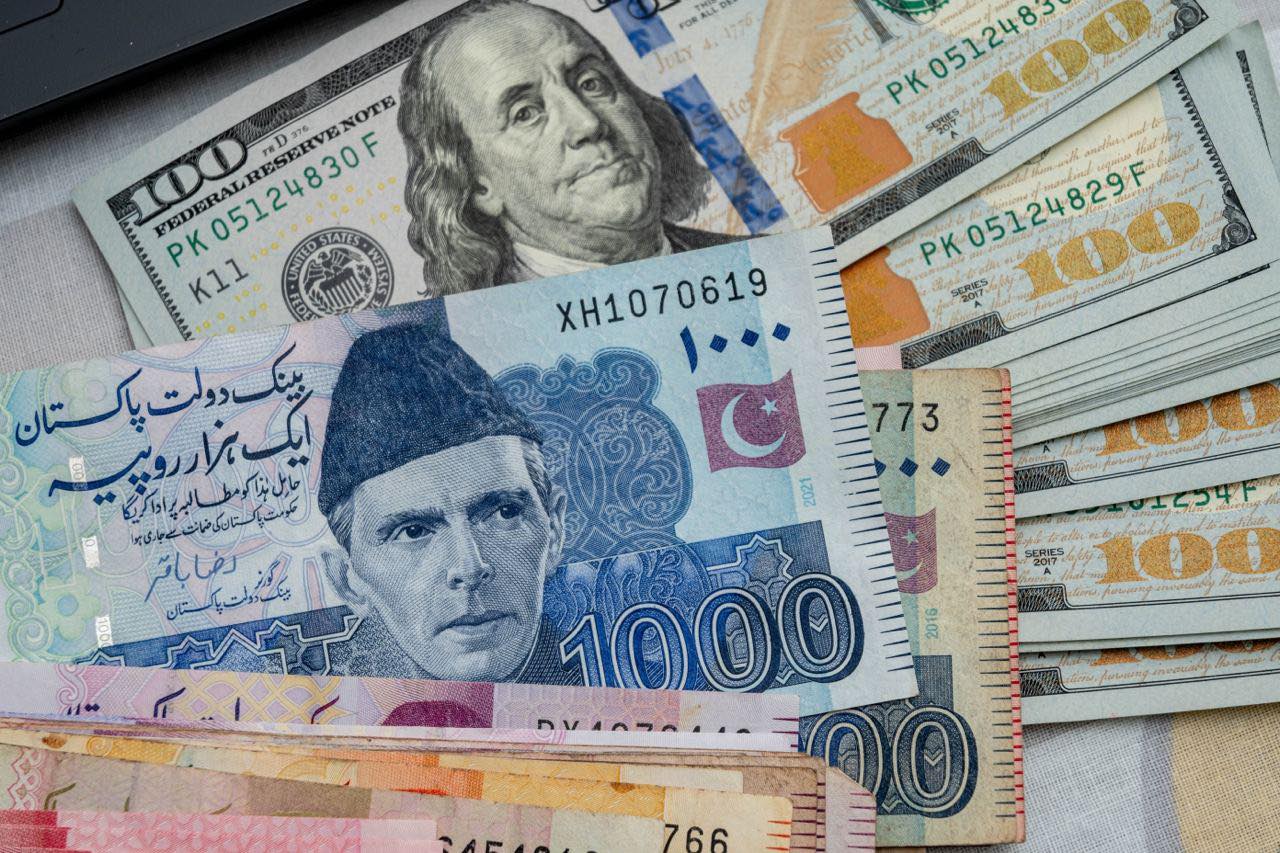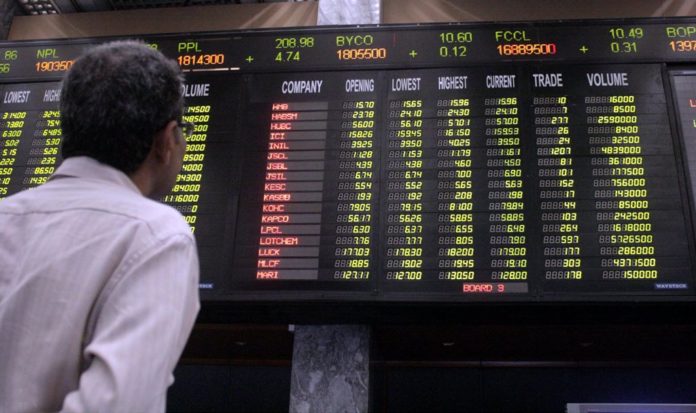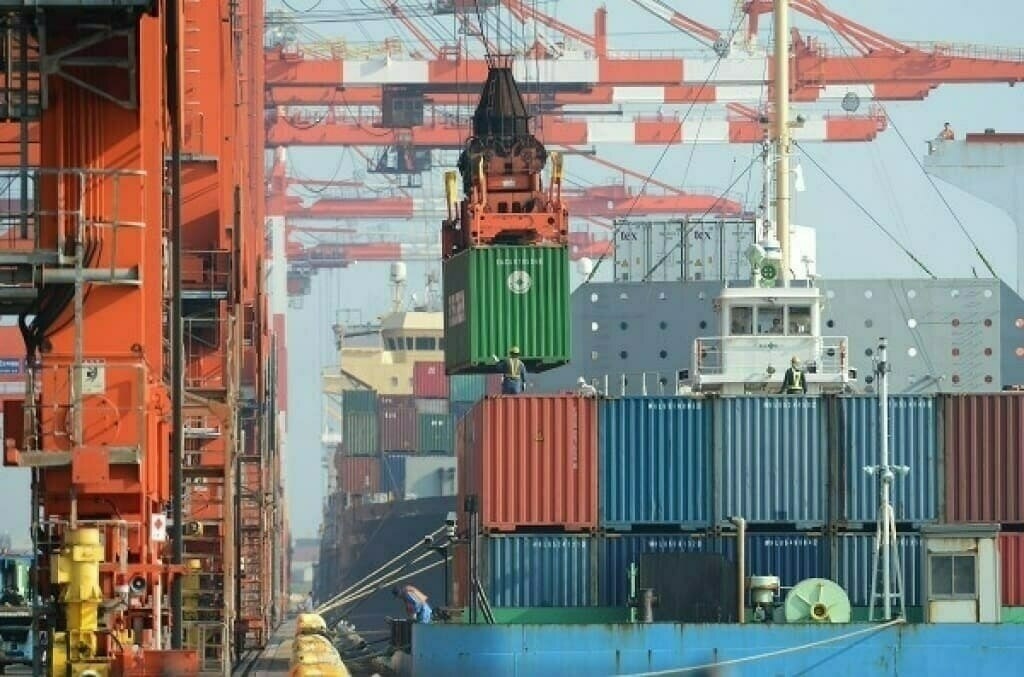PTBP Web Desk
The Pakistani rupee maintained relative stability against the US dollar during early trading hours in the inter-bank market on Monday. At 10 a.m., the local currency was trading at 278.43, reflecting a modest gain of Re0.04 or 0.01% against the greenback. This minor appreciation comes after a week of marginal decline, where the rupee closed at 278.47, a slight drop from the previous week’s 278.42, as reported by the State Bank of Pakistan (SBP).
The rupee’s steadiness mirrors cautious sentiment in the domestic forex market, which has recently grappled with fluctuating trends. Last week, the rupee depreciated by a mere 0.2% against the dollar. This stability could signal market confidence in the central bank’s interventions or improved foreign exchange reserves.
Globally, the foreign exchange market showed mixed movements, with the Japanese yen hovering near five-month lows against a robust US dollar. The greenback’s strength is underpinned by rising US Treasury yields, which remain an attractive factor for global investors.
The US dollar index, which measures the dollar’s performance against a basket of major currencies, was stable at 107.98 on Monday. Rising US Treasury yields have contributed significantly to the dollar’s recent strength. The benchmark 10-year Treasury note reached a seven-month high last week, holding steady near 4.625% on Monday.
For the month, the dollar index has gained 2.3%, bringing its year-to-date increase to 6.6%. The dollar’s ascent over the last three months has been fueled by market expectations tied to President-elect Donald Trump’s economic policies. Analysts anticipate that looser regulations, tax cuts, tariff hikes, and tighter immigration policies could foster growth and inflation, keeping US yields elevated.
Oil prices, a critical indicator influencing currency movements, experienced a slight decline during early trading on Monday. Brent crude futures slipped by 6 cents to $74.11 per barrel, while the more actively traded March contract was priced at $73.73, also down by 6 cents. Similarly, US West Texas Intermediate (WTI) crude dropped by 8 cents to $70.52 per barrel.
The decline in oil prices reflects thin holiday trading activity and the anticipation of key economic data releases from China and the US later this week. These updates are expected to shed light on growth prospects in the world’s two largest oil-consuming nations, influencing global demand forecasts.
The interplay of domestic stability in the rupee and international market volatility highlights the interconnectedness of global economic trends. Pakistan’s forex market appears to be benefitting from controlled import demand and a steady inflow of remittances. However, the country’s reliance on external factors, including oil prices and international financial conditions, underscores the importance of prudent economic management.
At the global level, the US dollar’s continued strength poses challenges for emerging market currencies, including the rupee. Rising US yields often divert capital flows away from riskier assets, leading to currency pressures in developing economies.
Market analysts predict that the rupee will likely remain under pressure if global oil prices rebound or if the US dollar continues its upward trajectory. However, proactive measures by the State Bank of Pakistan to manage reserves and ensure adequate liquidity in the inter-bank market could help mitigate volatility.
The release of economic indicators from China and the US this week will play a crucial role in shaping global market sentiments. Any positive developments in these economies could indirectly impact Pakistan’s currency dynamics through shifts in trade and investment flows.




